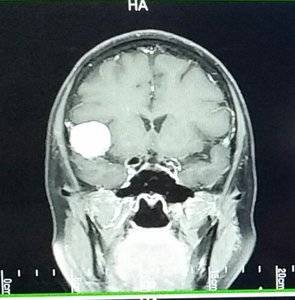- Joined
- Sep 1, 2009
- Messages
- 10,295
@ksinger definitely blood test first. They are lining blood test up with LP to make sure blood draw is just before LP.
Lucky too that one of the top MS neurologist people is with the hospital I am going through. Met him when we were dealing with DH's health issues.
Very glad my main coordinating doctor is working to find alternatives before approaching surgery. DH is also pushing to be sure all options are looked at rather than just jumping in.
Lucky too that one of the top MS neurologist people is with the hospital I am going through. Met him when we were dealing with DH's health issues.
Very glad my main coordinating doctor is working to find alternatives before approaching surgery. DH is also pushing to be sure all options are looked at rather than just jumping in.





300x240.png)